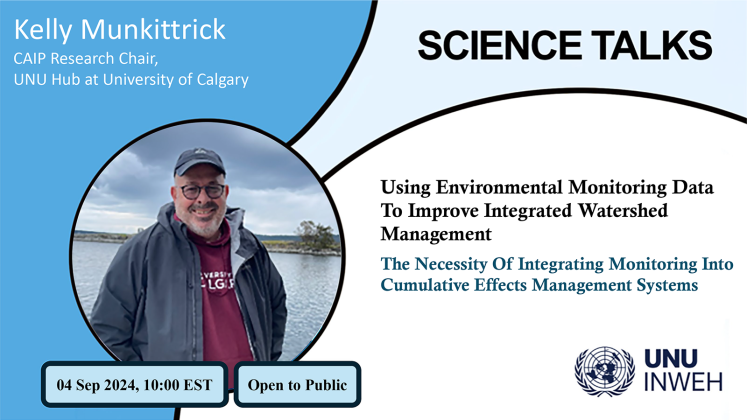In many river systems, there are a variety of monitoring programs that take place, and actors include regulators, industrial operators, regional planners, data modelers, environmental monitors, and industrial developers. Monitoring is coordinated and required by many different agencies, but integrated management is challenged by differences in philosophy and methodology, the absence of coordination or a framework for decision-making across regulatory agencies, and the fractured nature of diverse databases. The failure to integrate monitoring into cumulative effects management systems results in a considerable loss of integration and inefficiencies in the use of monitoring activity. Integrating monitoring and modelling components into a regional management system can provide support and feedback to regional modelling, regional planning, and a regulatory cycle. Feedback within and among the cycles can be driven by pre-defined thresholds or triggers. Implementing an integrated regional watershed management framework would require considerable coordination among regional actors, which is currently lacking.
In this talk, Prof. Kelly Munkittrick will emphasize the necessity of integrating monitoring into cumulative effects management systems and argue that failing to do so leads to significant disintegration and inefficiencies in monitoring activities. He will highlight the importance of incorporating monitoring and modeling components into a regional management system that can provide support and feedback to regional modeling, planning, and the regulatory cycle and stress the need for better coordination among regional actors, which is currently lacking
Join the event
Speaker

Prof. Kelly Munkittrick
CAIP Research Chair,
UNU Hub at University of Calgary



